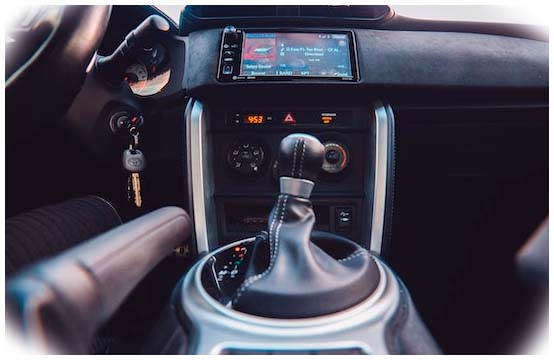Floating gears are a transmission technique employed in some vehicles that offer unique advantages in certain driving conditions. This article delves into the concept of floating gears, how they work, the different types available, and the advantages and disadvantages of using them.
What Are Floating Gears?
Floating gears are a type of mechanical component that allows for rotational power to be transferred from one axis to another in a rotary motion. They are used to transfer power with two interlocked gears, which remain in constant contact with each other. Unlike traditional gears, floating gears don’t require any shafts or bearings and instead rely on the interaction between the two interlocked teeth for rotation and force transmission. They are typically smaller than regular gears and can be customized to fit into various applications. This makes them ideal for applications where space is limited or where customizing gear sizes is necessary.
Types of Floating Gears
Floating gears come in different shapes, sizes, and types depending on their intended application. Common types of floating gear include round floating gear, split-type floating gear, and cone-shaped floating gear. Round floating gear is used for high torque applications such as electric motors and pumps because it provides an evenly distributed load across the entire circumference. Split-type floating gear is designed for moderate torque applications such as those found in belt drives or conveyor systems because it has flatter tooth profiles than round-type floating gears. Cone-shaped floating gear is designed to transmit motion between two non-parallel axes, such as in the case of a car differential.
Advantages and Disadvantages of Using Floating Gears

However, there are some disadvantages associated with using floating gears. One drawback is that because they rely on teeth interaction for power transmission, they produce more noise than regular gears because of the meshing teeth which can be an issue in certain environments. Additionally, because of their small size, it can be difficult to repair or replace them if something goes wrong making them unsuitable for applications where reliability is critical.
Conclusion
Floating gears provide numerous advantages over traditional gears in terms of space efficiency, weight reduction, and noise reduction. They are ideal for applications where precise alignment between components isn’t possible or where customizing gear sizes is necessary. However, they can be difficult to repair or replace which makes them unsuitable for applications that require high reliability. Overall, floating gears are a useful tool for any rotary motion application and should be considered when designing a system.


Add Comment